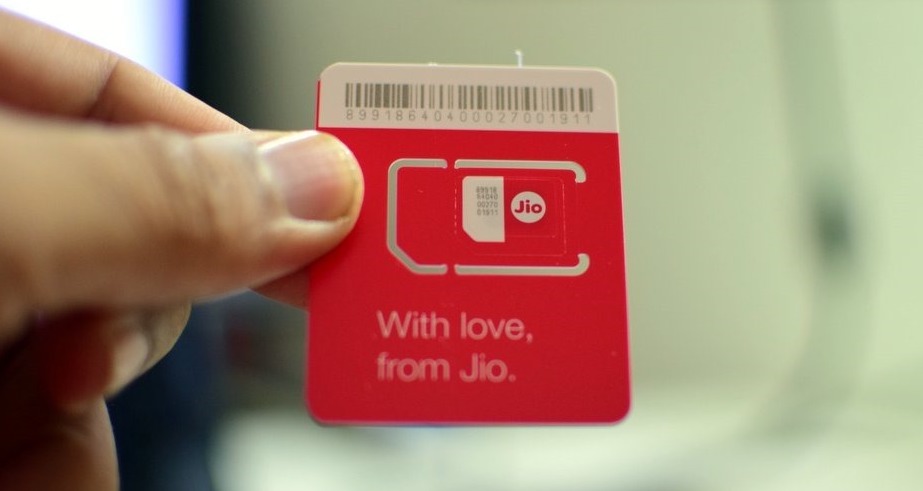In a generation where technology is continuously evolving, RFID (Radio Frequency Identification) tags have emerged as a sizeable participant in various industries, revolutionizing how we track, manage, and authenticate gadgets. From inventory management to contactless payment systems, RFID tags are used in numerous fields, supplying efficiency and convenience. In this comprehensive manual, we will delve into everything you want to know about RFID tags, including exploring RFID tag types and their functionalities.

Understanding RFID Technology
RFID technology utilizes radio waves to switch data between RFID tags and reader devices. With a microchip and an antenna, RFID tags keep and transmit records wirelessly, enabling seamless identity and tracking of items. Unlike conventional barcodes, RFID tags do now not require line-of-sight scanning, bearing in mind quick and automatic information capture.
Types of RFID Tags
RFID tags are available in various types, each designed to satisfy unique requirements and working environments. Let’s discover the different types of RFID tags:
Passive RFID Tags:
- Passive RFID tags do not have an internal electricity supply and depend upon power transmitted by the RFID reader to power the chip and transmit information.
- These tags are cost-effective and suitable for programs where the read range is short to slight.
- Passive RFID tags are generally used in stock control, access control, and asset tracking.
Active RFID Tags:
- Active RFID tags are geared up with an internal power supply, usually a battery, which allows them to transmit signals over longer distances.
- These tags offer extended read stages and are best for tracking high-value assets over huge areas.
- Active RFID tags have uses in automobile monitoring, logistics, and real-time location structures (RTLS).
Semi-Passive (Battery-Assisted Passive) RFID Tags:
- Semi-passive RFID tags combine functions of both passive and active tags, providing a battery to power the chip simultaneously while counting on the reader for communication.
- These tags offer longer read ranges in comparison to passive tags but are more cost-effective than active tags.
- Semi-passive RFID tags are typically used in temperature monitoring in cold chain logistics and system preservation tracking.
RFID Inlays:
- RFID inlays consist of an RFID chip and antenna embedded in a substrate consisting of paper or plastic.
- These inlays are flexible and can be transformed into labels, stickers, or cards, making them suitable for a extensive variety of uses, including retail, healthcare, and transportation.
Applications of RFID Tags
RFID tags have permeated numerous industries, presenting answers to various challenges. Some key applications encompass:
- Supply Chain Management: RFID tags enable actual-time monitoring of goods in the supply chain, improving stock accuracy, lowering stockouts, and minimizing theft and counterfeiting.
- Retail: In retail, RFID tags improve inventory visibility, allow faster checkout procedures through contactless payments, and prevent loss via theft or misplacement.
- Healthcare: RFID tags are used for patient and asset monitoring in hospitals, ensuring efficient workflow management, accurate medicinal drug administration, and device protection.
- Transportation and Logistics: RFID tags play a critical position in logistics and transportation operations by offering actual-time location tracking of shipments, optimizing course-making plans, and enhancing security and authentication.
- Access Control and Security: RFID tags are hired in access control systems for buildings, vehicles, and limited areas, supplying stable authentication and monitoring of employees and assets.
Choosing the Right RFID Tag
Selecting the correct RFID tag depends on various factors, including software necessities, environmental conditions, read range, and value concerns. It’s crucial to evaluate these factors carefully to ensure the highest-quality performance and cost-effectiveness.
Conclusion
RFID tags have emerged as a flexible and vital technology, imparting seamless identification, tracking, and authentication solutions throughout various industries. Organizations can leverage this technology to streamline operations, enhance performance, and improve safety by expertise in the unique styles of RFID tags and their applications. Whether handling inventory in retail shops, monitoring belongings in healthcare centers, or optimizing logistics operations, RFID tags power innovation and transform how we engage with the physical world.







